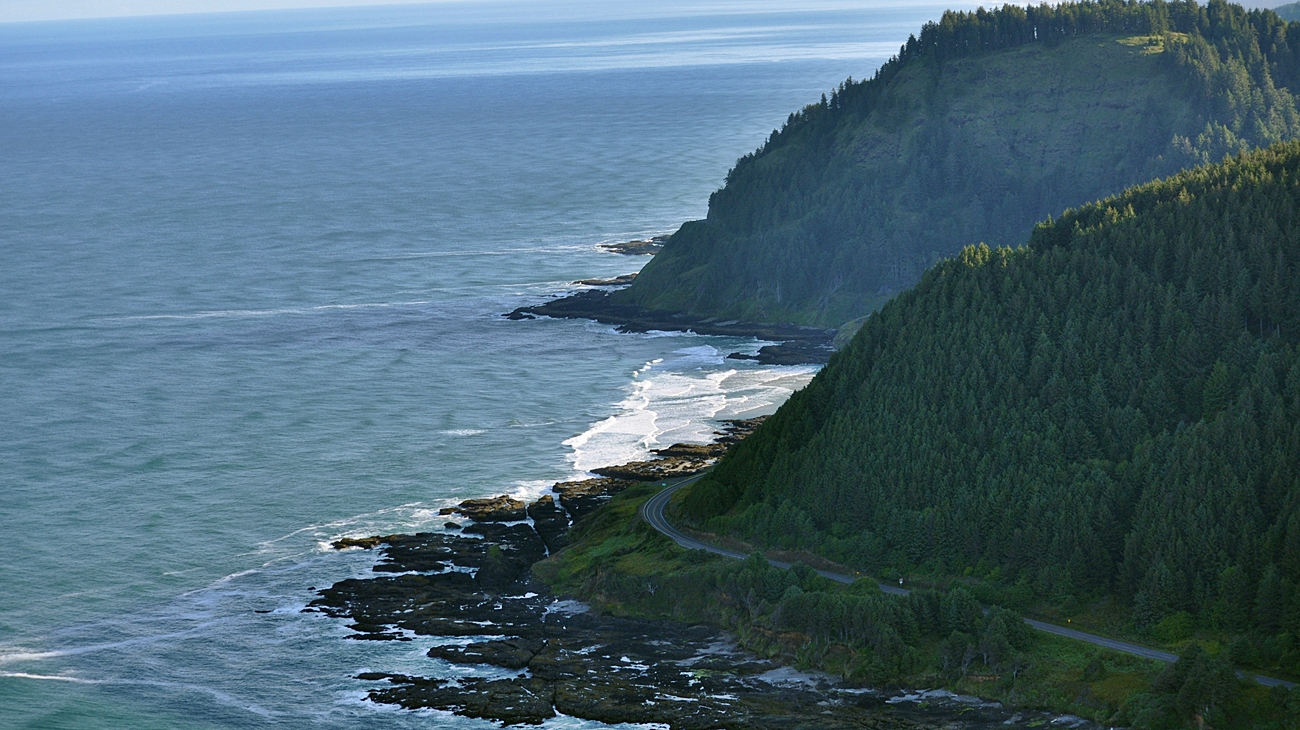Towards the end of July, an oceanic buoy located in Cape Perpetua Marine Reserve showed a drop in ocean oxygen levels. Around the same time, about 20 miles north, ODFW Marine Program crab biologists pulled up a research crab pot filled dead crabs. The crab pot was equipped with a video camera and the biologists likely caught an oceanic phenomenon on camera – crabs succumbing to a low oxygen, or hypoxic, event. Hypoxia is when oxygen levels in the water drop below the level that can be fatal to many marine organisms, and occurs periodically off the Oregon coast.
ODFW researchers suspect that the crabs likely succumbed to low oxygen conditions during an oxygen decline. During the first week, the water was clear and crabs were active. But, over the next week, water clarity dropped, and crab activity slowed. By the fifteenth day, all signs of life were gone. Cape Perpetua oceanic buoy data Oregon State University (OSU) corroborated that oxygen levels were low and showed that the dates of the crabs’ demise corresponded with a hypoxic event.
Hypoxia off Oregon’s nearshore waters was first documented in 2002. During this time, ODFW researchers used underwater video to conduct research on a reef normally filled with life, and instead found it devoid of fish except for a few dead ones on the bottom. At that same time, commercial crabbers noticed dead crab in a nearby area. Soon afterward, OSU researchers visited the area and measured very low oxygen levels in the water, confirming hypoxia.
Hypoxia off of Oregon occurs when several oceanographic, weather, and biological phenomena coincide to create the low oxygen conditions. This differs from other areas of the country, such as the Gulf of Mexico, where hypoxia is caused primarily by water pollution. Off of Oregon, summer northwest winds cause deep water offshore from the continental shelf to be upwelled onto the shelf and toward shore. This deep water contains abundant nutrients and is naturally very low in oxygen.
High nutrients levels cause an explosion of phytoplankton life (small single-celled plants in the water). As the phytoplankton die, they settle to the bottom and decompose. This causes further oxygen decline in the near-bottom waters which were already low in oxygen. This can be exacerbated even further when winds decrease and the deeper water becomes more sluggish and is less likely to be mixed with oxygen-rich surface water.Many marine organisms either move from the area, or die when dropping oxygen levels reach a critical point. Once the phytoplankton bloom ends and water begins to mix, oxygen levels return to normal.
Since 2002, hypoxia has been documented several times off of Oregon in the summer and fall months. While hypoxia is a natural phenomenon off of Oregon, researchers suspect that climate change is increasing the frequency and severity of hypoxia events.
